Editor’s Key Takeaways: Mastering High Contrast Lighting for Stunning Photos

The blog post discusses the concept of high contrast lighting in photography and offers tips on how to effectively use this technique.
- High Contrast Lighting: It refers to lighting that results in dark shadows and bright highlights. An image using high contrast lighting will have bright parts intensely bright, and dark parts intensely dark, which gives a punch to the images.
- High Contrast and Dynamic Range: Dynamic range refers to the difference between the lights and darks in an image. A high contrast lighting results in bright highlights and dark shadows thereby increasing the dynamic range. The more the dynamic range, the more is the difficulty in capturing details in the major tonal areas.
- High Contrast Vs Low Contrast Lighting: The post further discusses when to use high contrast and when to use low contrast lighting, depending upon the mood and the subjects of the photograph.
- Techniques for High Contrast Lighting: The author shares techniques on how to achieve dramatic high contrast lighting, including high key Vs low key lighting and achieving high contrast portraits.
The blog is a comprehensive guide to understanding and effectively using high contrast lighting to enhance your photography skills.
Introduction
Do you want to understand how you can use high contrast lighting for amazing photos?
High contrast lighting offers an easy way to create eye-catching shots of all kinds–from portraits to landscapes to street photos.
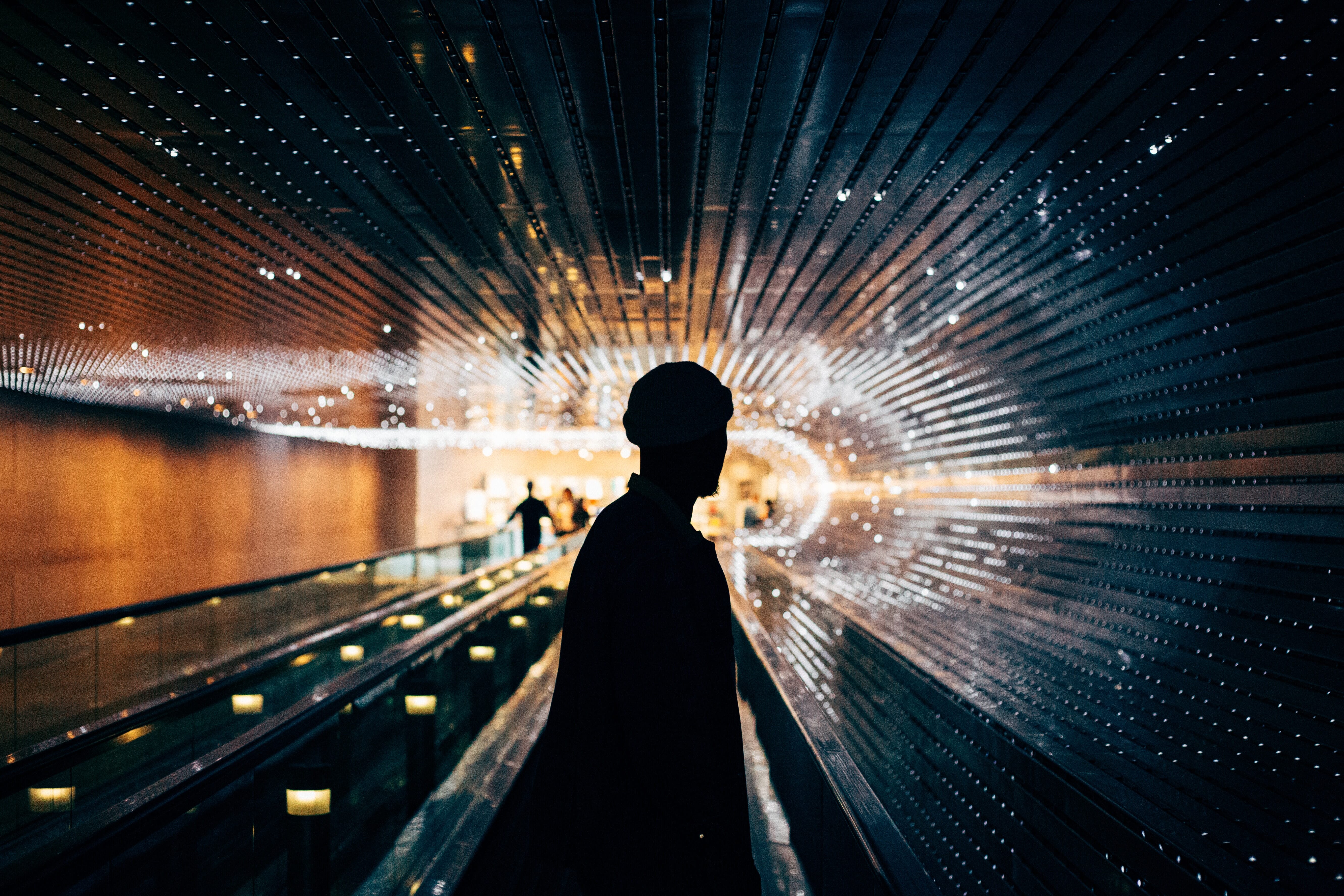
But how can you create the best high contrast lighting? And what are the different looks that high contrast lighting can provide?
That’s what this article is all about.
So if you’re ready to discover everything you need to know about high contrast lighting…
…then let’s get started.
High Contrast Lighting in Photography:
What Is High Contrast Lighting?
High contrast lighting refers to lighting that results in dark shadows and bright highlights.
In fact, high contrast lighting can result in a loss of detail in the shadows and the highlights if you’re not careful–so you should always pay close attention to the brightest and darkest parts of your images.
Make sense?
Here’s an example of a photo that uses high contrast lighting:
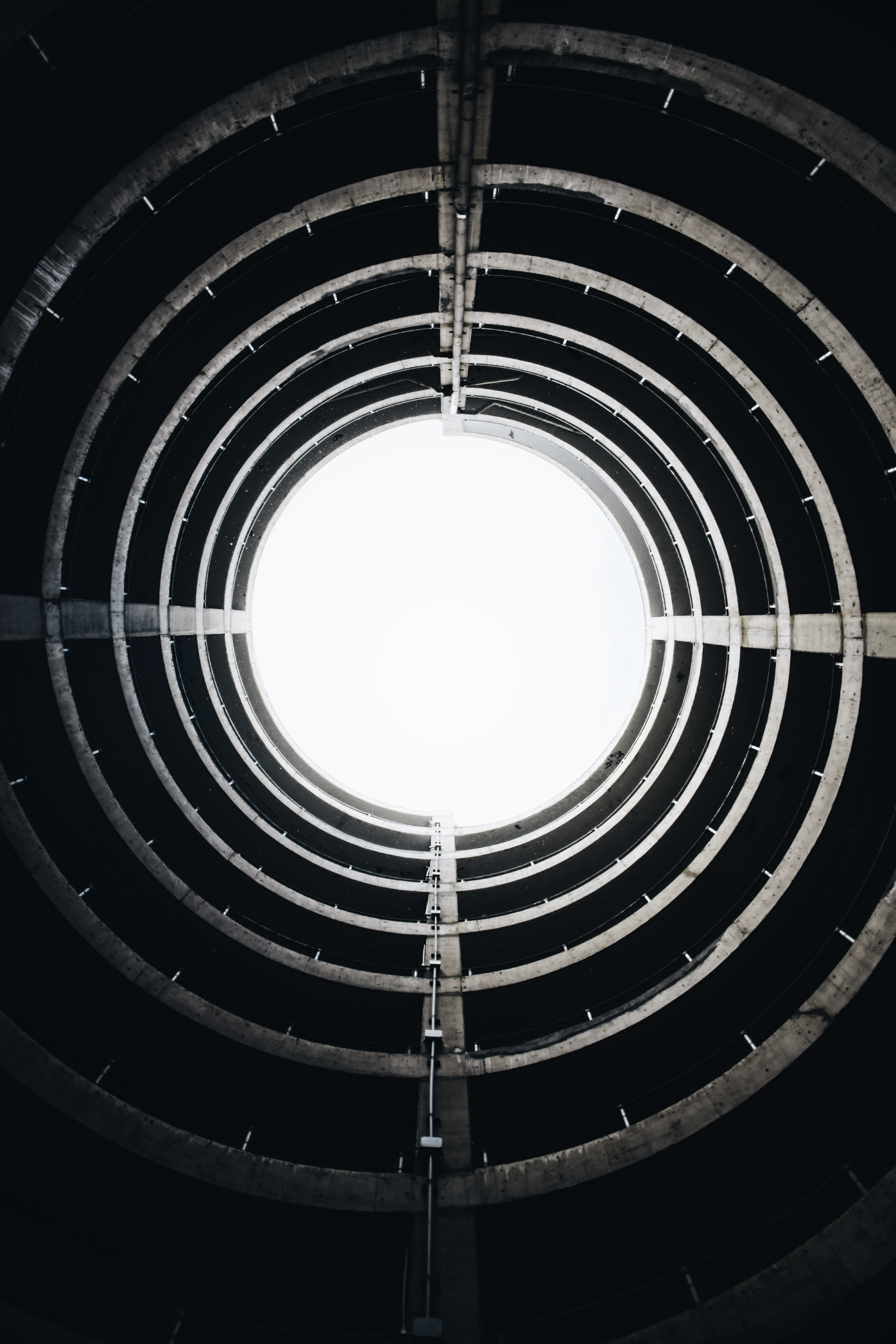
Do you see how the bright parts of the image are intensely bright, and the dark parts of the image are intensely dark?
That’s the result of high contrast lighting, which is designed to give a lot of punch to your images.
High Contrast Lighting and Dynamic Range
Dynamic range refers to the difference between the lights and darks in your images.
So an image that’s mostly gray has very little dynamic range.
But a photo that has bright highlights and dark shadows has a lot of dynamic range.
And as I’ve discussed above, high contrast lighting results in very bright highlights and dark shadows.
Therefore, the higher contrast the lighting, the more dynamic range you have to deal with.
Why does this matter?
Well, the higher the dynamic range, the more difficulty your camera has capturing all of the tones.
So you can end up with blown out, detail-less highlights, and clipped, pure-black shadows.
Now, losing detail can be an artistic choice. And you can create some stunning photos by deliberately losing detail in the whites and blacks (as I discuss in the section on high key and low key photography, below).
But unless you’re certain that’s the look you’re after, you should be careful. Once you’ve lost detail, it’s impossible to recover it–so whenever you’re working with high contrast lighting, make sure you expose your image carefully to keep detail in both the highlights and the shadows.
Here, previewing images on your camera LCD is essential. After you’ve taken your first shot using a particular form of high contrast lighting, check the back of your camera. Feel free to turn on the so-called “blinkies,” which will warn you of clipped areas. You can also check the histogram in order to look for peaks pressing up the edges of the graph.
High Contrast Versus Low Contrast Lighting
Very briefly, it’s worth distinguishing between high contrast and low contrast lighting.
As I mentioned above, the higher contrast the lighting, the greater the difference between the darks and the lights.
Low contrast lighting is the opposite; instead of achieving a large difference between highlights and shadows, you end up with images that are very compressed, tonally speaking. So you get a lot of grays, like this:
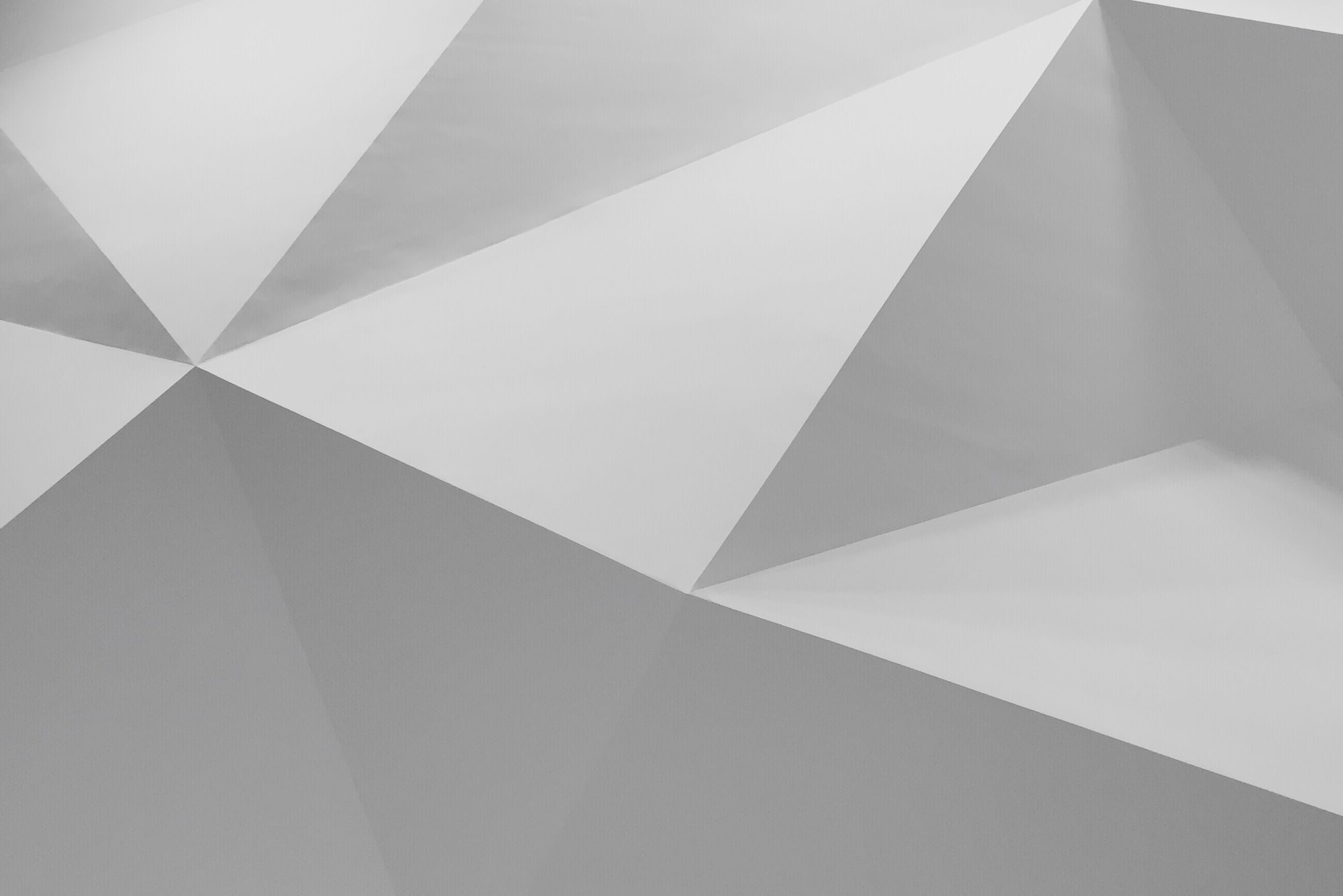
And you rarely see dark shadows and bright highlights in the same image.
But is high contrast lighting better than low contrast lighting? And how do you know which option is best for your needs?
Read on to find out.
When Should You Use High Contrast Lighting?
High contrast lighting is perfect for doing a few things.
First, high contrast lighting can help you achieve drama. The more the shadows stand out, the more dramatic your images will become, and high contrast lighting ensures that you get heavy, obvious shadows.
Second, high contrast lighting can help you achieve depth. By boosting the shadows on your subject, you’ll get an unusually three-dimensional image, one that can really pop off the page.
And third, high contrast lighting can help you achieve mood. By emphasizing shadows, you get somber, dark images; by emphasizing highlights, you get bright, airy, upbeat shots.
How to Achieve Dramatic, High Contrast Lighting
It’s not difficult to achieve high contrast lighting, but you do have to pay attention to two things:
The quality of the light.
As well as its direction.
Because here’s the thing:
The harder the light source, the higher contrast the resulting light.
What is a hard light source?
Well, hard light sources produce very sudden transitions from dark to light. And when positioned properly, they create very obvious, dark shadows, as well as strong, bright highlights.
And creating a hard light source is simple:
You just use a light that is small and far away from your subject.
The smaller the light source, the harder the light.
And the more distant the light source, the harder the light.
So to create hard light, don’t use a softbox or a diffuser on your flash.
(These are designed to widen the light and make it softer.)
Instead, use a naked flash, or a very concentrated, small modifier such as a snoot.
That way, you’ll get very sudden transitions from light to shadow, as well as a significant difference between light and darkness.
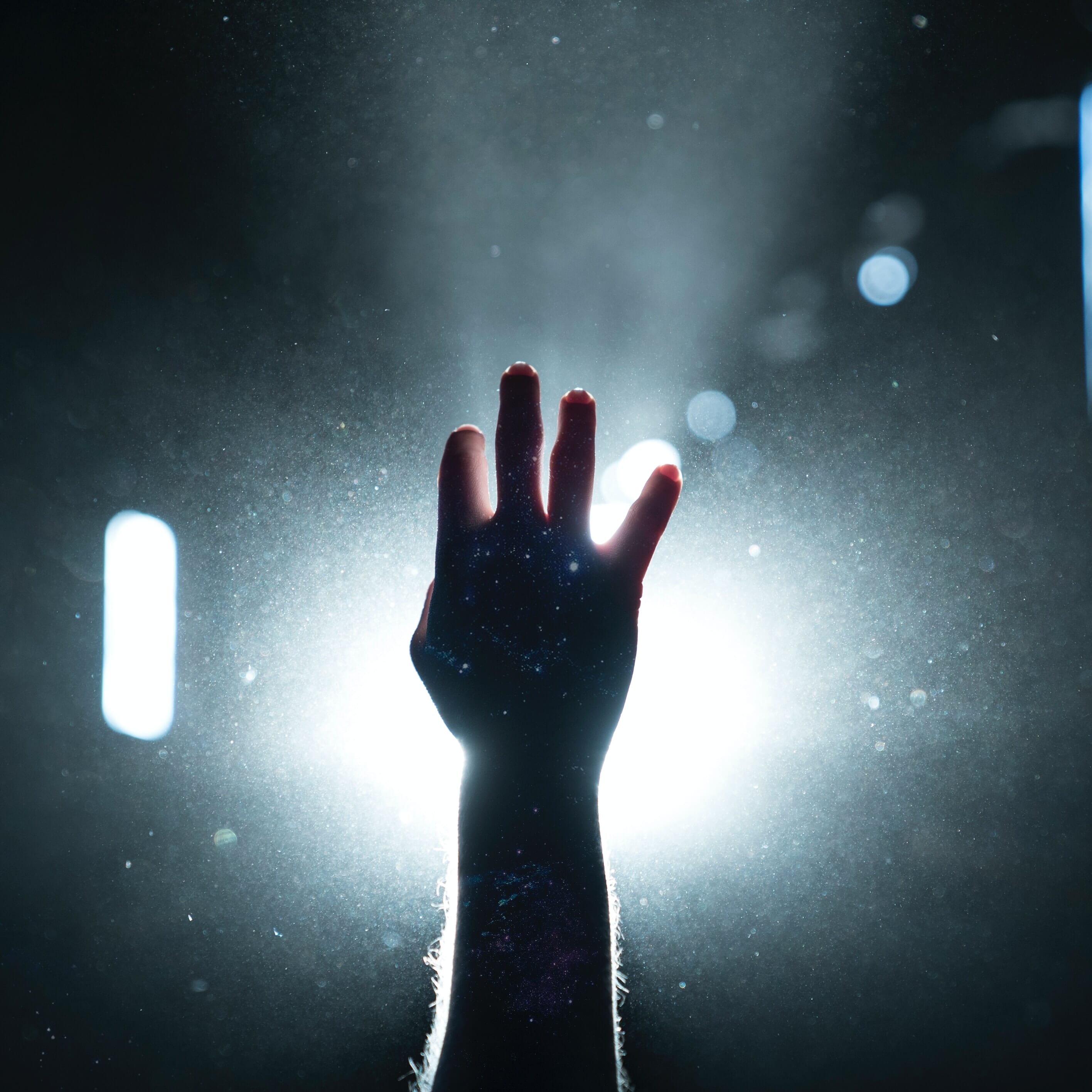
But remember how I said that high contrast light is about both the quality of the light and the direction?
You see, it’s not enough to simply use harsh lighting. If you work with a naked flash mounted to your camera, when you fire it at your subject you’ll actually end up with a relatively low contrast image, because the flat lighting will dispel all the shadows.
Instead, you have to ensure that the light isn’t positioned directly in front of your subject. Place the light somewhere off to the side or above your subject, so you get some nice shadows.
By the way, you can also produce high contrast lighting outside of the studio. Simply shoot when the sun is bright around the middle of the day. The harsh, midday sun will beat down on your subject, creating harsh shadows and highlights.
To recap:
If you’re after high contrast lighting, first make sure you’re using a small light source, such as an unmodified flash. And move it away from your subject.
Then, position the light source off center, so you get some beautiful, deep shadows that’ll contrast with the bright highlights created by the flash.
High Key Vs Low Key Lighting
Technically speaking, neither high key lighting nor low key lighting have to use a high contrast setup.
You see, high key lighting gives you a blown out, pure-white background, like this:

And low key lighting does the opposite, creating a pure-black background, like this:
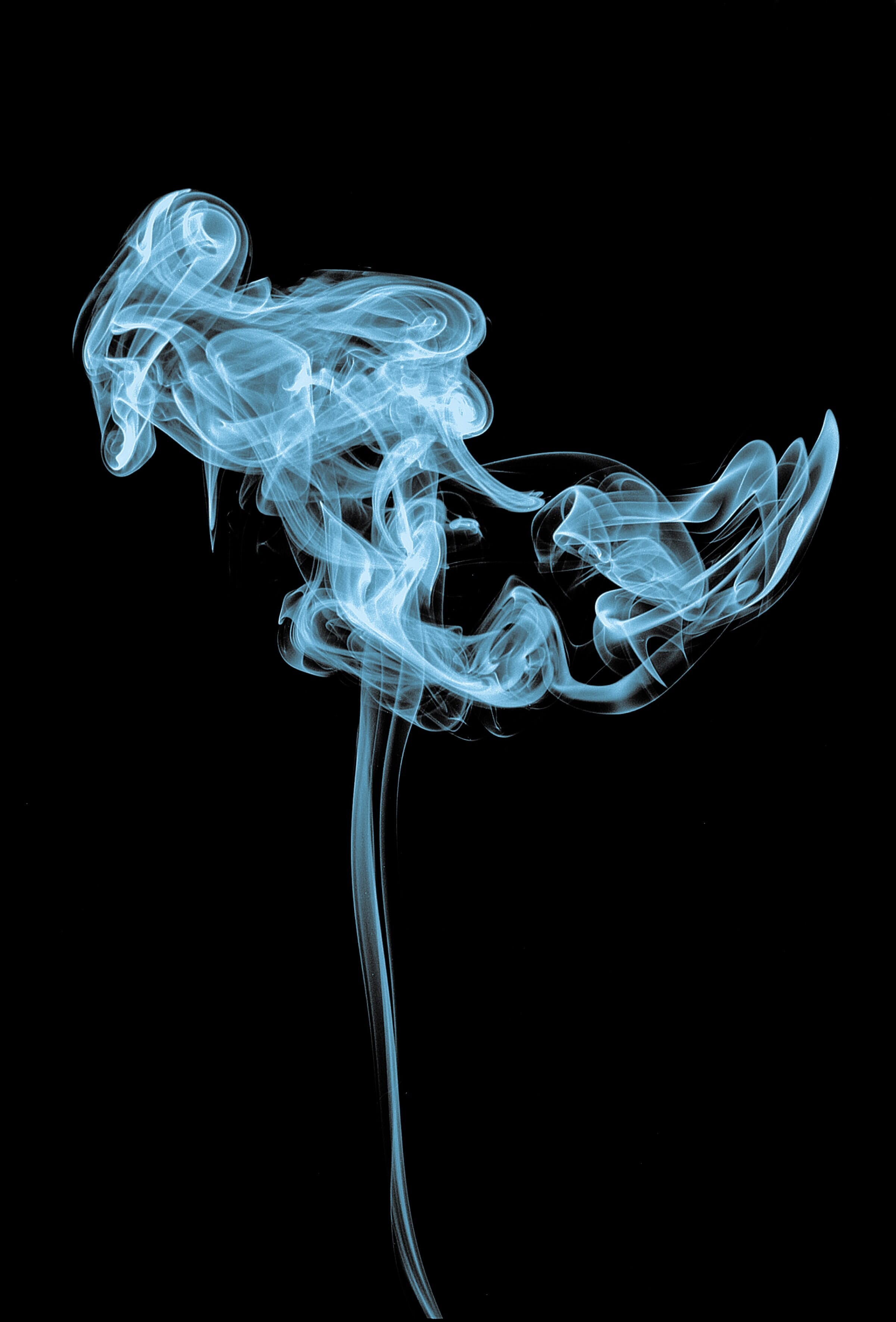
But notice that, while you can have a bright subject with a low key background for a high contrast result, or a dark subject with a high key background for a low contrast result, you can also have a dark subject on a low key background, like this:
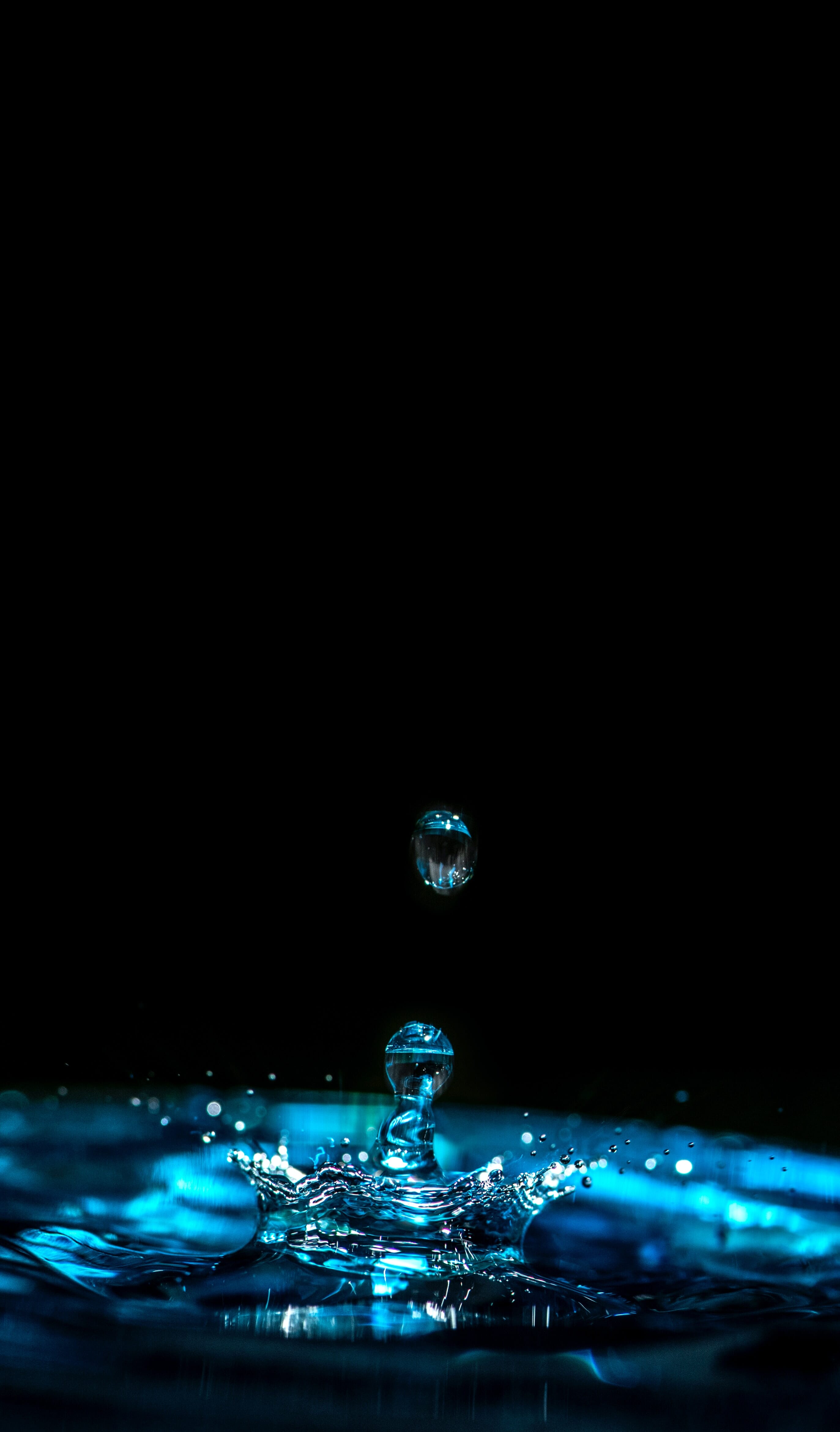
Or a bright subject on a high key background, like this:
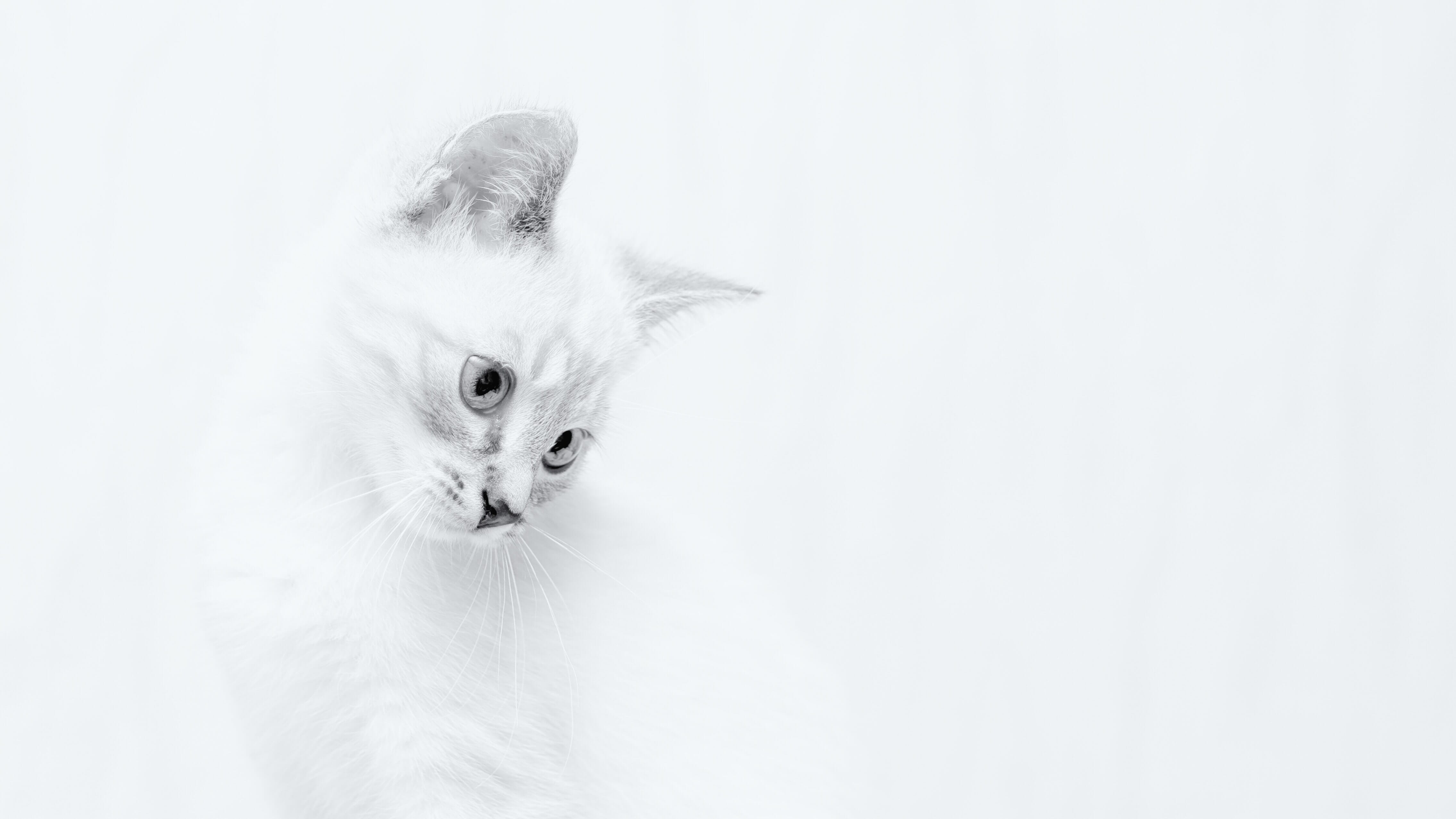
That said, when photographers think of high contrast lighting, high key and low key lighting often comes to mind, which is why it pays to know how to pull off these different setups.
Now, high key and low key lighting are opposites, both visually and in terms of how they’re created.
So to produce a high key result, you simply choose a light-colored backdrop and shine a flash directly onto it (while making sure that the light on your subject isn’t so high-powered that you can’t produce the high key result you’re after).
And to produce a low key result, you simply choose a dark-colored backdrop and ensure that it’s completely unlit, while brightly lighting your subject.
Achieving High Contrast Portraits
There are a number of simple ways to achieve high contrast portraits, but I’m going to discuss two very common options in this article:
Split lighting and butterfly lighting.
Split lighting produces images like this, with one side of the face in shadow and the other bright:
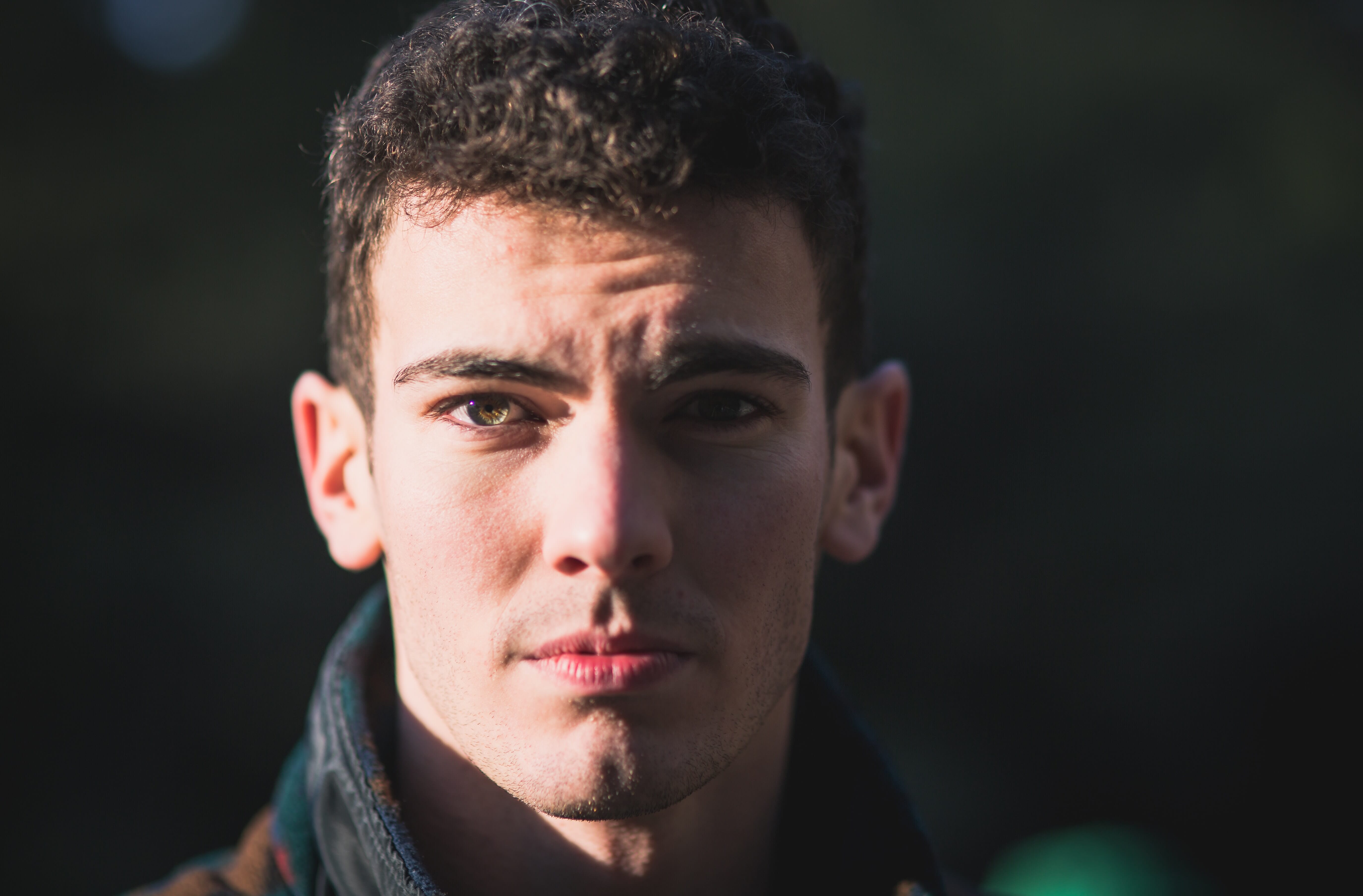
Whereas butterfly lighting produces images like this, with a (butterfly-shaped) shadow under the nose and a dark shadow under the chin:
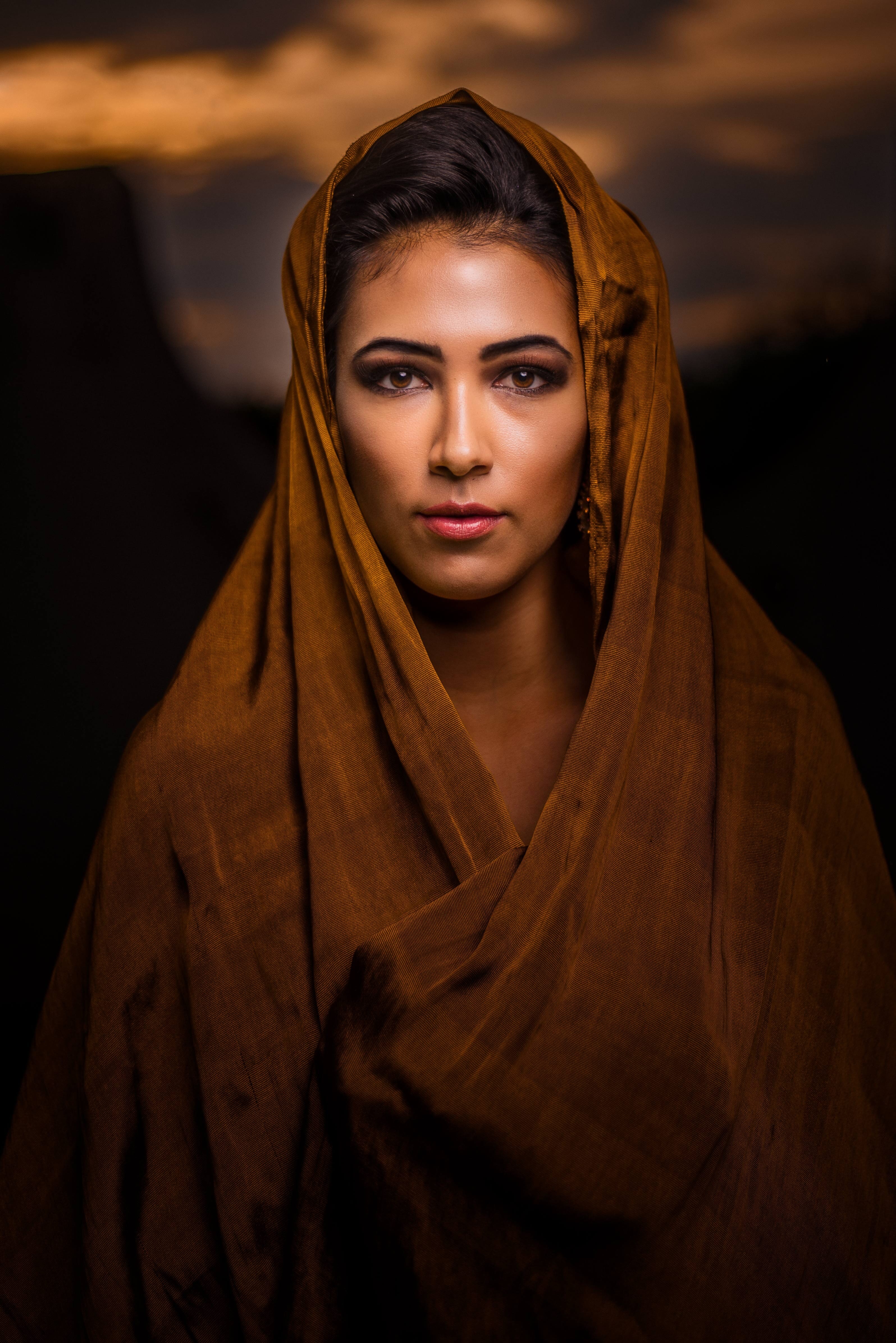
To produce a split lighting effect, simply position a single light off to the side of your subject, and make sure that it only illuminates your subject from the side.
(For a slightly lower-contrast effect, you can add a fill light on the opposite side of your subject, but this reduces drama, so use it wisely!)
To produce a butterfly lighting effect, simply position a single light above and in front of your subject, pointing downward. Shift the light until you get the telltale butterfly shadow under your subject’s nose.
(As with split lighting, you can modify the butterfly lighting effect by placing a reflector or a fill light under your subject’s face, pointing upward. But make sure to avoid dispelling the shadows entirely, or you’ll no longer have the high contrast butterfly-lit look you’re after.)
High Contrast Lighting: Conclusion
High contrast lighting is easy to create, and you can use it for wonderfully dramatic photos of all kinds.
So don’t be afraid to use high contrast lighting in your photography!
It’ll help you achieve some truly lovely images.
What does it mean for an image to be high contrast?
High contrast images have a very clear difference between highlights and shadows, which results in a very eye-catching effect.
Is high contrast good?
High contrast can be good–if you’re looking to create intense images that really stun the viewer. But low contrast can be good, too, for softer, more flattering images. It’s really up to you, and depends on your goals as a photographer.
What is high key versus low key photography?
High key photography creates images with a pure white background. Low key photography creates images with a pure black background. Note that high key photos tend to be very bright and uplifting, whereas low key photos tend to be moody (but this isn’t always the case!).
